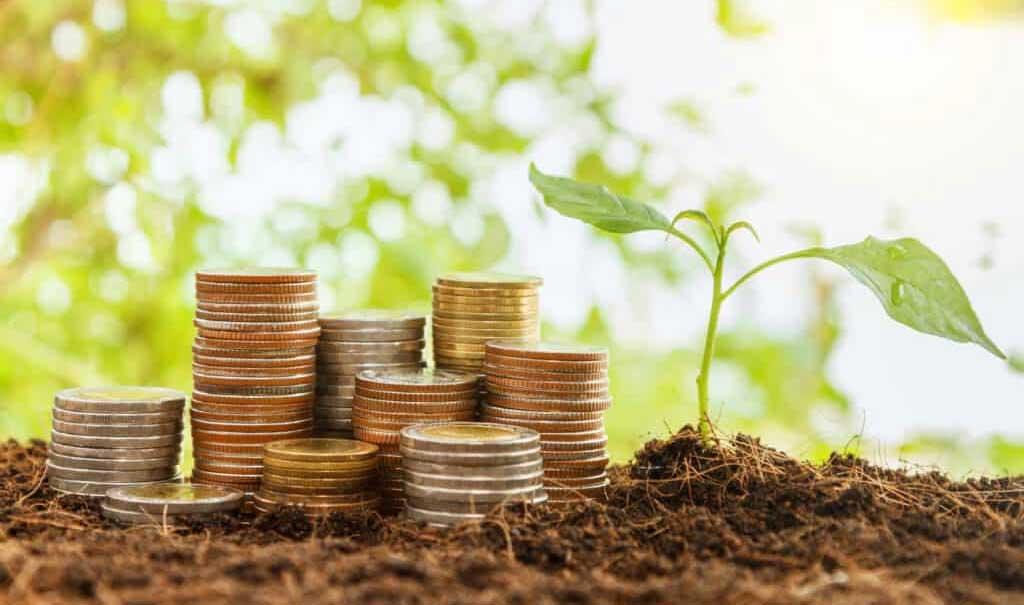For growers, determining optimal lighting schedules is oftentimes trial and error, but it can lead to increased yields and decreased costs – which can add up to larger profits.
Optimal lighting schedules are dictated by what you are growing. Since we are talking about cannabis, most varieties need about 12-18 hours of light in a 24-hour period – depending on where a plant is in its growth cycle. During the flowering stage, cannabis plants need about 12 hours of light and it is common for growers to employ a 18/6 light to dark ratio during vegging.
So, knowing this, determining the optimal lighting schedule for your operation should be easy, right? It is, but it does require some fine-tuning, research and flexibility.
Learning these subtle and small changes can save energy costs and create a better product – and increase profits for cannabis growers.
Creating optimal lighting schedules is one of the main benefits to growing indoors.
When growing cannabis indoors, like in a warehouse, growers can often switch to whatever schedule suits them – meaning you can turn your lights on after midnight to save electricity costs (avoiding peak usage times) because you are controlling the environment – and you don’t have to contend with natural light, like you would in a greenhouse or outdoors.
As electricity costs are one of the biggest cost centers for all cannabis growers, saving money in this area is a part of every successful growing strategy. This is also where LED grow lights have a big advantage over the older technology HID lights. For growers who have made the switch to LED lights, the energy costs will always be lower, as they are generally cheaper to run than the older technology HID lights.
LED lights run cooler than older technology so growers may have to add heat and/or humidity, especially at night, to balance their photosynthetic equation for the artificial indoor ecosystem unique to their growing operation.

When you are creating optimal lighting schedules, you will also have to consider the benefit of adjusting or manipulating your lighting with dimmers to gently transition your plants from dark to light and back again. You may also want to experiment by adding UV or far red spectrum lights during parts of the day to more closely mimic the natural daylight cycle. Research suggests that switching to far red spectrum lights at the end of the day assists in easing your plants to sleep.
Dimmers are one of the most common tools for managing your lighting schedule. Growers typically use dimmers to manipulate the intensity of the lighting to match the life cycle stage of their plants, but they can also turn the lights on and off again. A dimmer with a scheduling feature can help automate your lighting schedule, particularly if you have different spectrum lights in the same growing space.
Making changes to the lighting schedule – or adding different spectrum lights – isn’t unique to indoor growers, it’s important to note. Some greenhouse growers also manipulate their optimal lighting schedules and add supplemental lights by shifting schedules to add lighting earlier in the day or later at night to save energy and even to lengthen the daylight interval.
The Key Takeaway
The key for a successful indoor (or greenhouse) cannabis growing operation is making small changes that can have a big impact on controllable factors like electricity costs, HVAC costs and can – in turn – create better plants that produce higher yields.
And one of the best ways to do this is to create your optimal lighting schedule.


